
There is a rare sight going on in Washington, D.C.: it is the second time in recent history that the United States will be hosting a full-sized military parade on native soil. In this visit, it will feature the impressive strength and technological capabilities of its army. While tanks roll into the capital and soldiers practice their drill, the city prepares to celebrate as much a show of engineering capability as national pride. The celebration, which comes as the U.S. Army is commemorating its 250th birthday, unfolds to the backdrop of President Trump’s 79th birthday, combining military tradition with political drama.
What is significant about this parade is not so much its scale boasting as many as 7,500 troops, 120 vehicles, and 50 planes but the bleeding-edge technology and advanced logistics behind it. With the newest main battle tanks arriving on site, to the meticulous planning needed in order to roll in such massive equipment into the center of the country’s capital, every detail provides a glimpse into America’s military brawn changing. The following are seven facts about the 2025 parade that illustrate the engineering, symbolism, and strategy of this spectacle in American history.
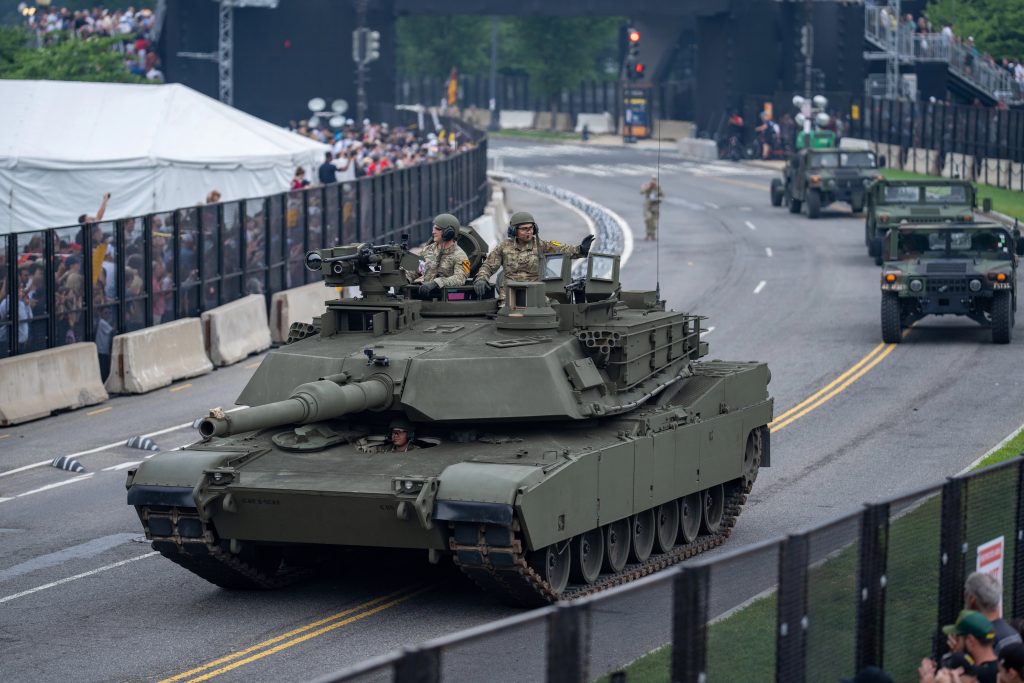
1. The Parade’s Unique Position in American History
Such mass military parades are unknown in America. The 14th of June parade is the rarefied exception to only a few official events in which American troops and hardware are featured in the nation’s capital. Significantly, the parade is the commemoration of the 250th birthday of the U.S. Army, by coincidence President Trump’s 79th birthday, so it is a special combination of military commemoration and political symbolism.

The parade’s rarity renders it even more significant. In a country where military parades are more prevalent abroad, this parade serves as a poignant reminder of the Army’s history and continued presence within the fabric of American life. The scheduled timing and pomp underscore not just the Army’s storied history but also its preparedness for the future.
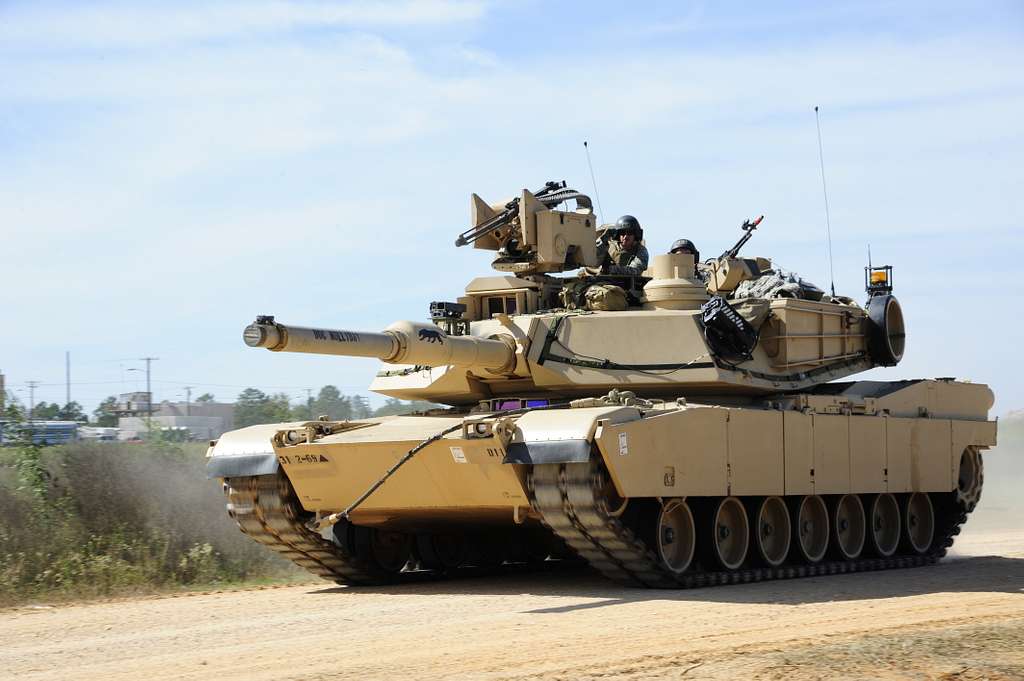
2. The Arrival of the Abrams M1A2 SEPv3: A Technological Goliath
The parade will feature the Abrams M1A2 SEPv3, America’s newest version of its battle tank. This monster truck has greater protection, increased firepower, and more sophisticated electronics. Its M256 120mm smoothbore cannon, improved kinetic energy rounds, and built-in Trophy active protection system give it the benchmark of armored warfare in the present day.
The SEPv3 technology goes beyond the battlefield. With network-enabled communications, better fuel economy, and armor packs, the tank is a testiment to the Army’s investment in survivability as much as it is operational flexibility. Its participation in the parade is more than a demonstration of American military might; it is also a sign of the driving rhythm of defense innovation.

3. The Bradley Fighting Vehicle: Adaptability on Display
The highlight is also the M2 Bradley Fighting Vehicle, the workhorse of the United States Army and famous for its adaptability. The new A4 variant being supplied to the Army includes enhanced battlefield performance, advanced survivability packages, and digital command systems. These help the Bradley excel in urban, open, and close-combat missions.
With a 25mm Bushmaster chain gun, TOW anti-tank missiles, and additional armor, the Bradley is an attacker of war and a carrier of troops. Its role at the parade speaks to the Army’s focus on force protection and readiness as threats remain in flux.

4. The Tactical Challenge: Rail Transport of Heavy Armor
In the background, parade logistics are a marvel of modern military engineering. The transport of tanks, howitzers, and mechanized equipment from Texas’s Fort Cavazos to Washington, D.C., is dependent on highly choreographed rail operations. Rail is still the cornerstone of mass military mobility, providing the necessary speed and security for such enormity.
As Johann Braun, CEO of BR International Consulting Services, says, “The most significant thing is the planning which is carried out at the start. The more accurately you can plan, the earlier and more effectively the loading will proceed.” This is not physical movement but maneuvering beyond security and regulative constraints to have military equipment tons of equipment delivered in safety and on schedule.
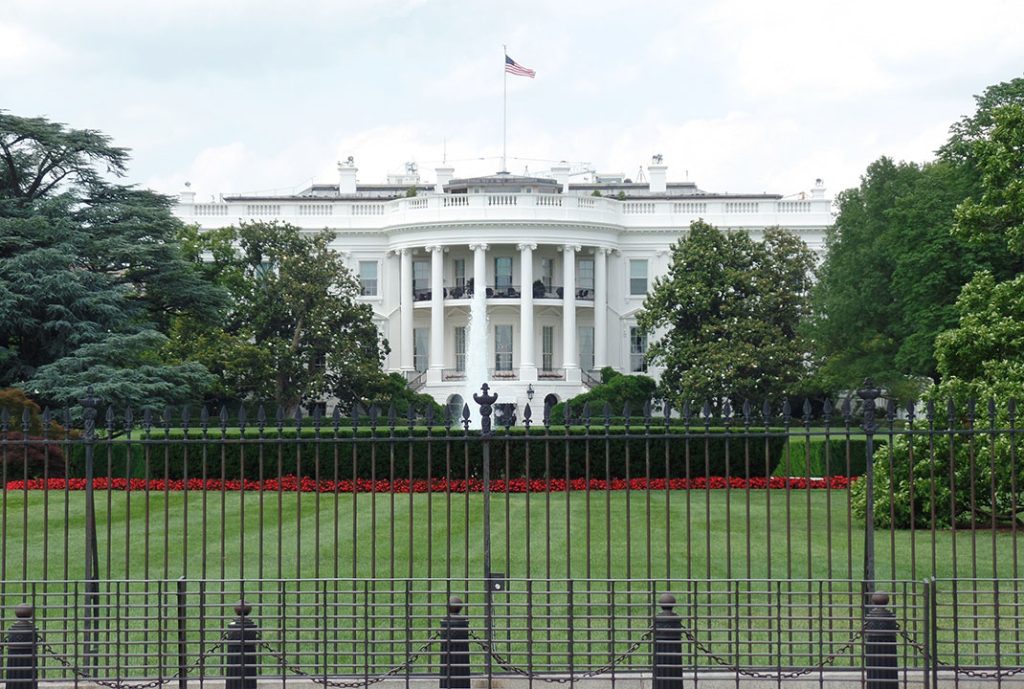
5. Security and Infrastructure: Securing the Capital
The parade preparation included the installation of temporary security fencing around sensitive areas like Lafayette Square, expanding the secure perimeter of the White House. This is more than symbolic; accommodating heavy armor and tens of thousands of troops requires hard security and logistic infrastructure.
From building risers for guests of honor to coordinating airspace for 50 aircraft, the exercise demands smooth interagency coordination involving the military, federal, and local participating agencies. The intricacy of these arrangements brings into perspective the dual challenge of projecting military power while keeping participants and the general public at large safe.
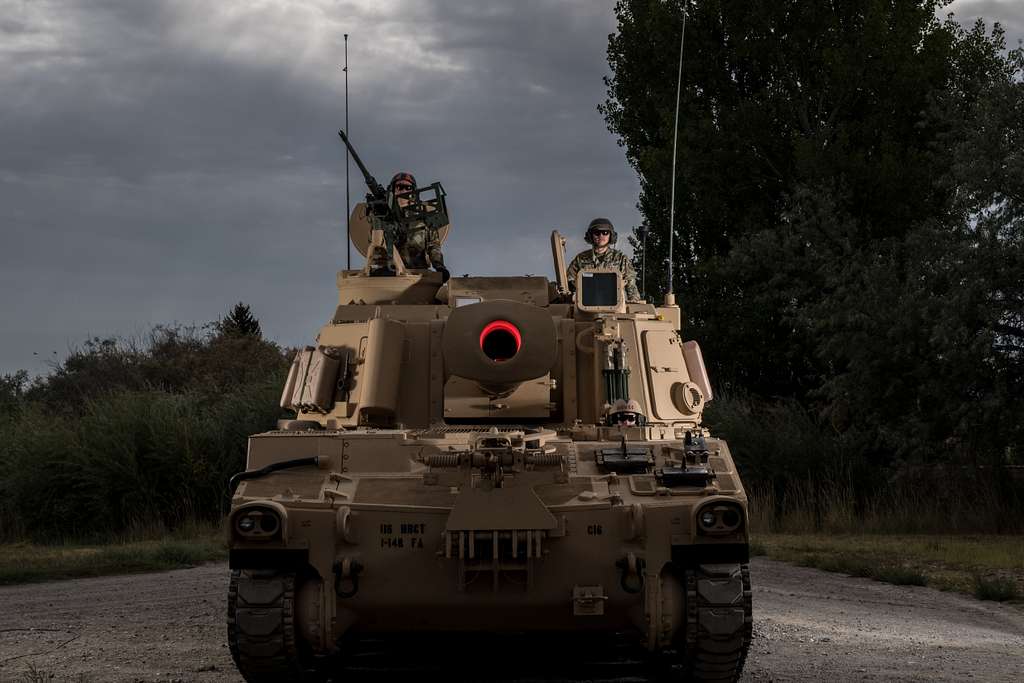
6. Aircraft and Artillery: A Full Spectrum Display
Other than tanks and infantry fighting vehicles, the parade will feature 50 planes and various artillery such as the M109A6 Paladin 155mm self-propelled howitzer. These are the Army’s combined efforts to engage modern warfare between air and ground forces.
The show of so wide a diversity of equipment is an unusual public look at the Army’s doctrine of combined arms. The flyovers and guns displays are flashy but also a display of the operational and technological diversity of the American military.
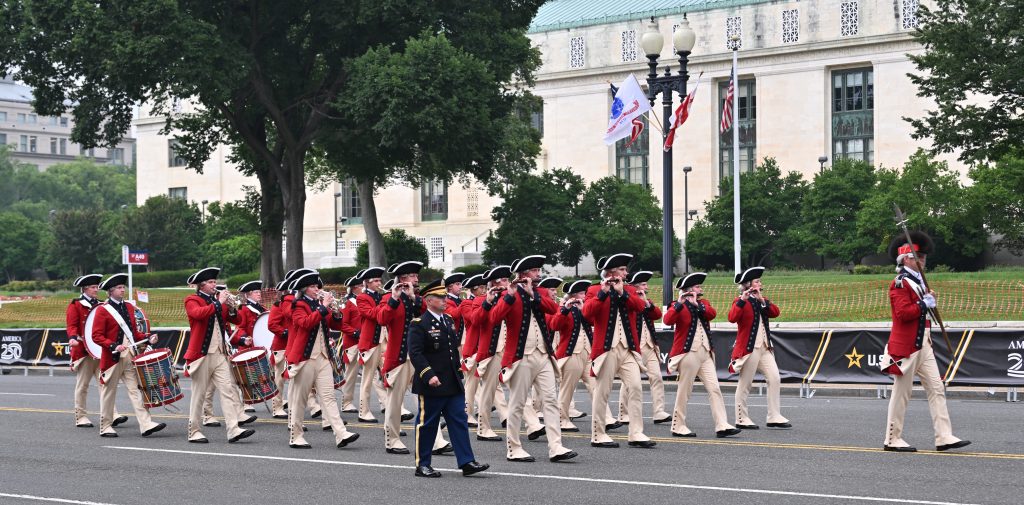
7. Political Symbolism and Public Perception
Though the parade honors the Army tradition, it also has fairly distinct political undertones. The timing relative to the birthday of President Trump and the intentional showcasing of weapons lead to comparisons with other such parades elsewhere and deliberations on the place of such parades in American civic culture.
For defense nerds and fans of modern currents, the parade provides an unusual prism through which to view the intersection of military tradition, technology, and political speech. While the country has its eyes on the parade, it is turned into a stage not only for gear but also for ideas and ideals that are behind American defense policy.
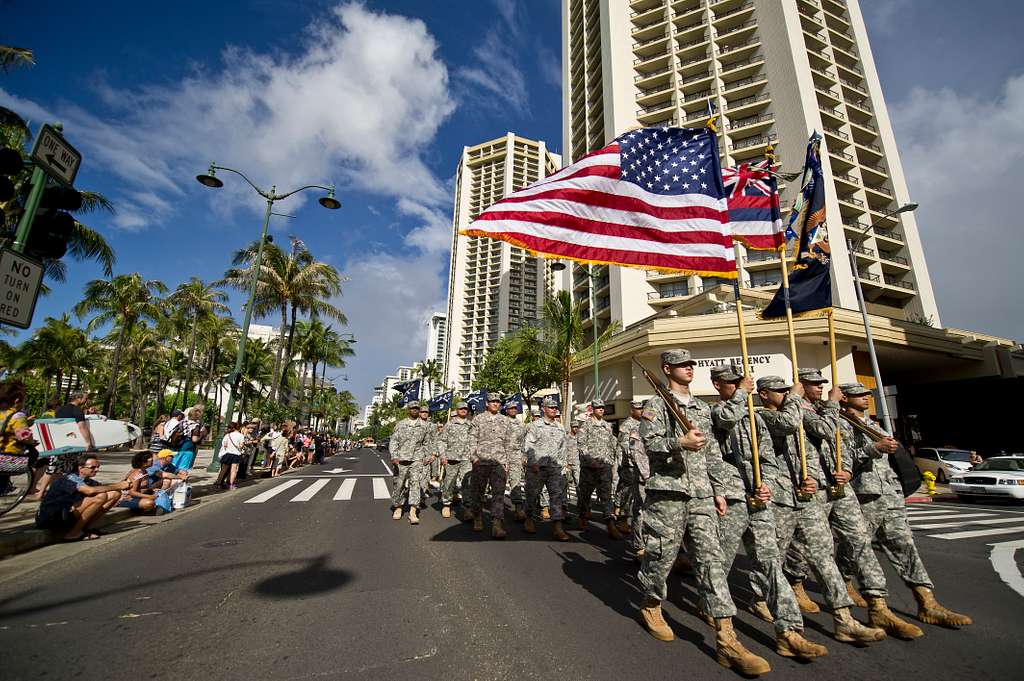
The 2025 U.S. Army parade is not merely a celebration it is an exhibition of engineering skills, logistical superiority, and nationalism. From the arrival of the future tank generation to the details of well-choreographed troops and trucks, everything embodies the modern capabilities and age-old traditions of the US Army. For defense technology buffs and enthusiasts of modern events, this blue-moon gathering provides a captivating snapshot of where the Army is today and where it’s going in the decades ahead.

